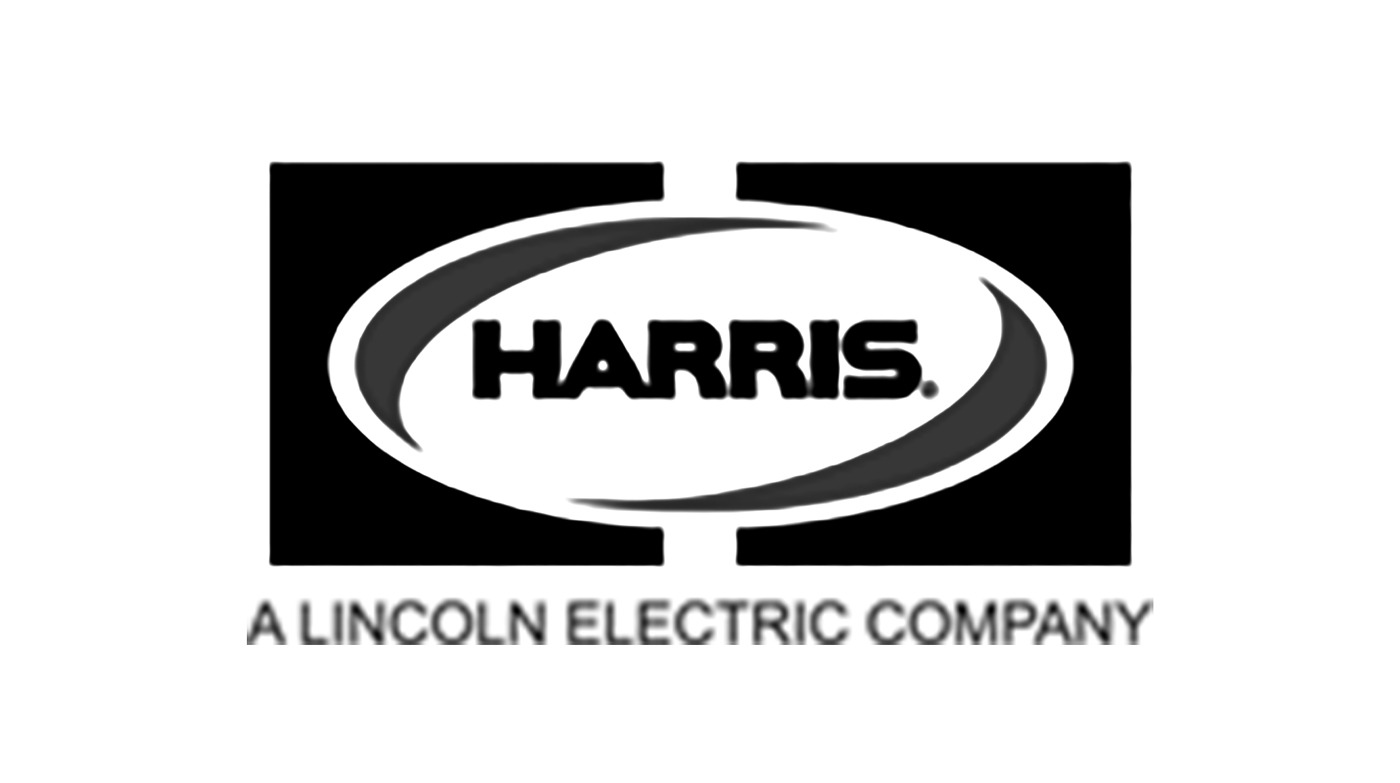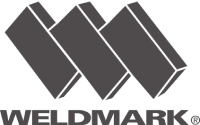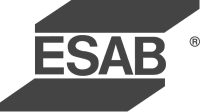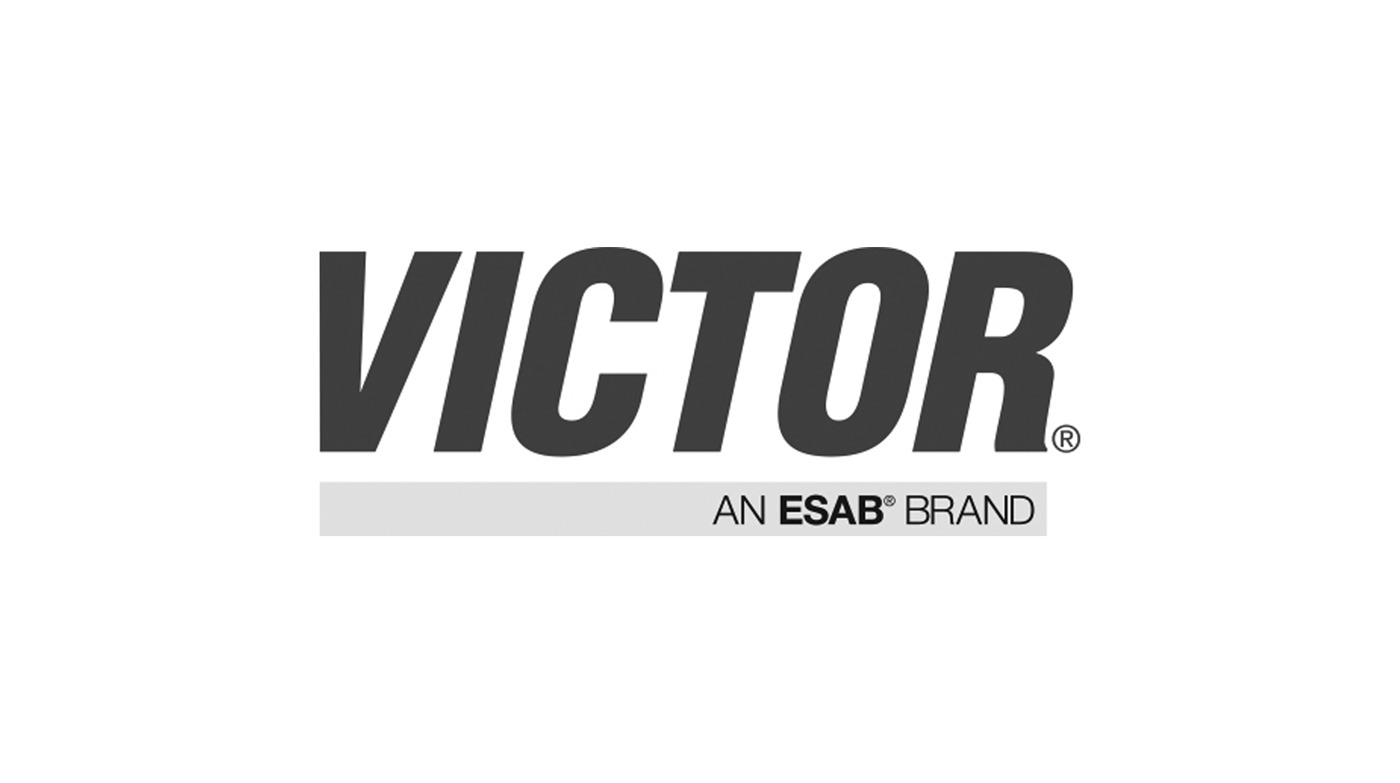Shielding & Welding Gases Supplier Pittsburgh
Shielding gases are essential for a good, quality weld. Their role is to “shield” the weld pool from oxidative exposure to air, which can weaken the weld by introducing porosity into the weld bead or cause the weld to splatter. Greco Gas is a premier supplier and manufacturer of high-pressure welding and shielding gases and can source and manufacture any of the most common or specialty welding gas mixtures used in the industry – mixed at our fill plant in Tarentum and readily available at all of our locations.
Considerations
Our experts at Greco Gas can help you select the best shield gases or welding mixes. We’ll need to understand your requirements:
- Type of metal and thickness
- Application
- Skill level of the welder
- Size of weld and penetration
- Environment & limitations of the work site
- Condition and cleanliness of the workpiece
Custom Gas Mixtures also available
Typical Applications – Ferrous and Non-ferrous metal joining
- Sheet and plate metal joining -- automotive, structural, shipbuilding, tanks & containers
- Joint-forming in structural steel, rails, tubes, pipes, pressurized cylinders, holding tanks, frames
- Heavy-duty equipment fabrication for construction, agriculture and defense
- Consumer and durable metal goods, such as household appliances, furniture, cabinetry
- Fabrication in precise industries, including nuclear and aerospace
- Precision joining in electronics, circuit boards (soldering and brazing)
- Artistic metalworking
Most Requested Welding Mixes
All mixes are available and stocked in various cylinder sizes – other more specialized mixes can be sourced:
- 25%CO2 75% Argon - C25
- 5%CO2, 7.5% Argon, 90% Helium – Helium Trimix
- 90%Argon, 8%CO2, 2%Oxygen - Stargon
- 10%CO2, 90% Argon – C10
- 8%CO2, 92% Argon – C8
- 75% Argon, 25% Helium
- 50% Helium, 50% Argon
- 2% CO2, 98% Argon
- 35% Hydrogen, 65% Argon – H35
- 15% CO2,85% Argon – C15
Most Requested Shielding Gases
- 100% Argon (Straight-Argon)
- 100% Carbon Dioxide (Straight-CO2)
Want to take a deeper dive into shielding and welding gases? Find more detail throughout our industrial gas pages.
Whether you are a professional welder or craftsperson or a play-at-home hobbyist, Greco Gas is the place for you. We stock varying cylinder sizes/volume sizes of shielding gases and weld mixes. Call us today.
MIG/GMAW Welding
Argon, Carbon, Dioxide, Helium and Oxygen are the top choices in MIG/GMAW applications. MIG or "Metal Inert Gas," also knows as Gas Metal Arc Welding, utilizes a wire electrode to produce an electric arc to the workpiece, causing the metal to melt and form the weld. The shielding gas and the electrode wire are fed through the welding unit. MIG is a good choice for a variety of metals—steel or stainless, aluminum, copper, bronze, nickel and more. Advantages include its fast and easier method, no stick or flux needed, with clean results. It's also a less expensive method than TIG.
TIG/GTAW Welding
Tungsten Intert Gas (TIG) welding, also known as Gas Tungsten Arc Welding (GTAW) uses the high melting point of a tungsten electrode to create the welding arc. The TIG arc meets a filter rod to form the weld pool at the joint of the weld. TIG welding is highly precise and intricate, requiring a skilled welder to hold the TIG arc in one hand and the filler rod in the other. TIG is the choice method for precision, cosmetics, look, and code welding, including automotive and structural applications. It produced no spark and welds a brooded variety of metals than MIG. TIG is also more versatile for directional welding—the choice for vertical or overhead welds.
Shielding and Welding Gases FAQs
Precision laser cutting and welding place strict demands on the compositions and purities of the gases utilized, whether they’re the elemental and well-known industrial gases including carbon dioxide, nitrogen, and helium mixtures, or specialty purpose-blended mixtures produced by Greco Gas’ certified PurityPlus® methods.
Shielding gases isolate the weld area from oxygen and water vapor, which improves both the speed and the quality of the welding process.
Argon is the most prevalent shielding gas. Often mixed with helium, oxygen, or carbon dioxide, Argon gases enormously enhance plasma suppression properties. PurityPlus® argon, an inert gas and thus superb as a shielding gas in laser welding provides full protection against ambient air. Since it usually supports plasma generation, it should not be used for laser powers above 3 kW.
- CO2 gas gives a deep weld, making it great for thicker materials. It’s the most affordable of gases but generates a less stable arc, making a decent amount of spatter unless mixed with other inert gases. A go-to alternative that mates arc stability with affordability is a 75/25 Argon to CO2 mixture, which brings superb weld control and results.
- For non-ferrous or aluminum, magnesium or titanium welds, you’ll need Argon. Helium is also an excellent solution for non-ferrous materials, and in addition, it can also be used for stainless steel. Helium produces a hotter arc, making it a faster weld, but it’s more expensive than Argon.
- While reactive, oxygen has its benefits when mixed in low concentrations with inert gases to improve the weld pool and deepen weld penetration. Oxygen is not recommended for aluminum, copper or magnesium but brings enhanced quality to carbon, metal alloys and stainless steel.
TIG welding is suitable for a variety of metals, and typically Argon is the most common gas used to shield the Tungsten from the air.













 GAL GAGE CO.jpg)